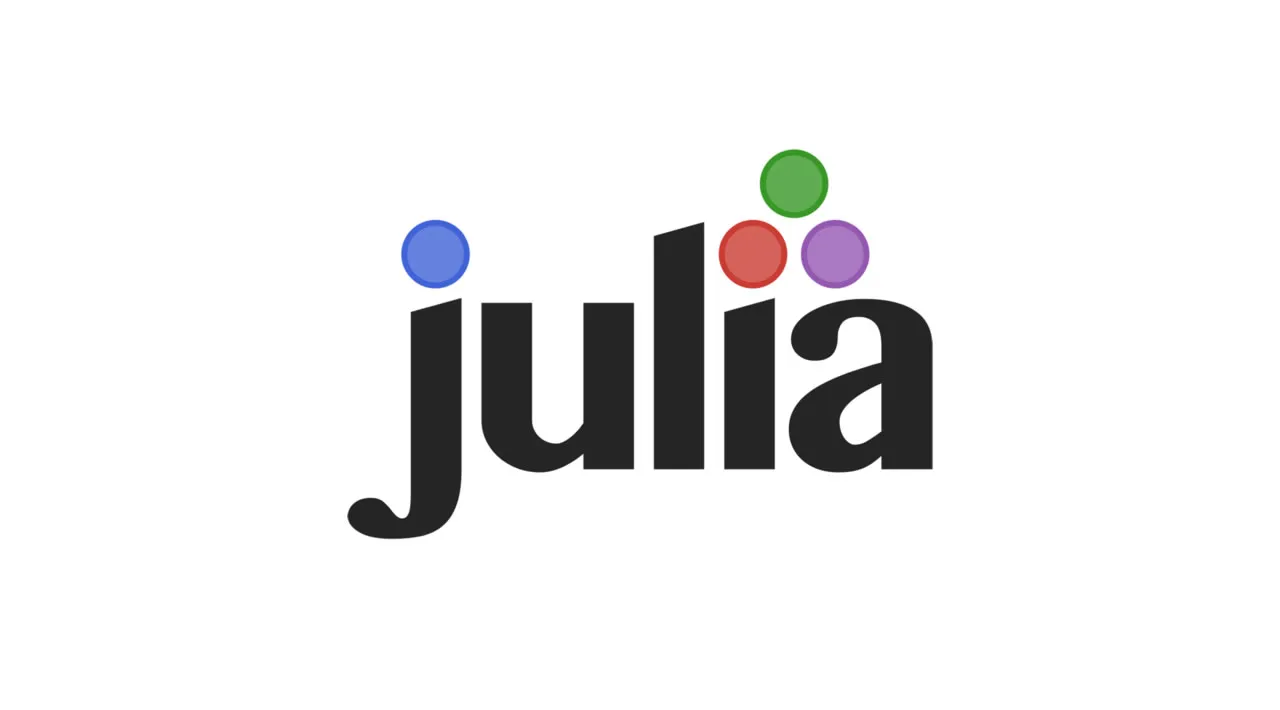An overview of everything a data scientist needs to know about Julia in 2021.
In recent years, the Data Science and machine-learning industry have exploded in popularity. This has given way to programming languages new and old subsequently both rising and falling in popularity. SAS, for example, has been much less popularly adopted for Data Science, taking a backseat to the excitement of Python and its capabilities in machine-learning. Python has soared in popularity over the past few years due to its use in Data Science due to its ecosystem, high-level syntax, and general-purpose nature.
However, in the world of Data Science, there is a new kid on the block. If you are working in the Data Science discipline, it is likely you have heard of the new open-source language coming out of MIT, Julia. Because of Julia’s rather recent rise in popularity, many scientists have been questioning whether or not they should learn Julia, and where the industry is going to be in regards to the most popular programming languages used.
Today, I would like to modernize that concept for general Data Science practices in the year 2021. A lot has changed since that article was written, mainly Julia soaring in popularity over the course of the past two years. There are definitely some new things to learn about the language and know before getting into it this year. Today I seek to answer modern questions about Julia by providing everything that you need to know about Julia in its current state, and what I subjectively expect out of the language in the future.
- Python is not going anywhere
- The multiple dispatch paradigm
- Ecosystem
#machine-learning #julia #programming #data-science #python
